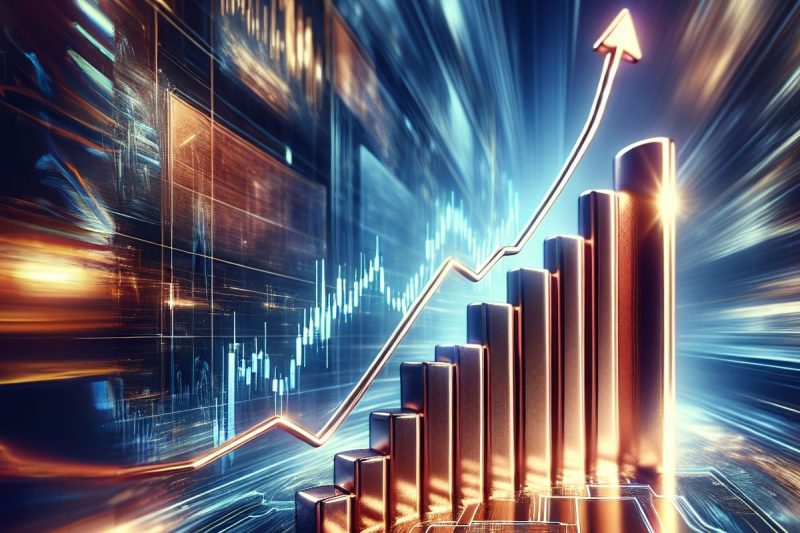In the world of commodities, copper has been making headlines as its price soared past the $10,000 mark, sending shockwaves through the market. This surge comes as supply concerns mount, driven by a combination of factors that have culminated in a perfect storm for the red metal.
One of the primary drivers of the spike in copper prices is the ongoing global economic recovery following the impact of the COVID-19 pandemic. As industries ramp up production and infrastructure projects resume, the demand for copper, a vital component in various applications ranging from construction to electronics, has surged. This surge in demand has created a strain on the already limited supply of copper, leading to a significant imbalance in the market.
Moreover, disruptions in copper supply chains have further exacerbated the situation. From labor strikes at mining operations to logistical challenges in transporting the metal to market, various bottlenecks have emerged that have constrained the flow of copper to consumers. In addition, geopolitical tensions in key copper-producing regions have raised concerns about potential supply disruptions, adding to the uncertainty surrounding the market.
Another factor contributing to the rally in copper prices is the growing focus on sustainability and the shift towards renewable energy sources. Copper plays a crucial role in green technologies such as electric vehicles and solar panels, and as governments worldwide commit to reducing carbon emissions, the demand for copper is expected to further increase. This increased demand from the green energy sector has added yet another layer of pressure on the already strained copper supply chain.
Furthermore, speculative trading activity in the commodities markets has also played a role in driving up copper prices. Investors seeking refuge from inflation and market volatility have turned to commodities like copper as a hedge against economic uncertainty, further fueling the upward trajectory of copper prices.
In response to the soaring prices, producers are looking to ramp up production and explore new sources of copper to meet the growing demand. However, increasing production is not a quick fix, as developing new mining projects and bringing them online can take years, exacerbating the supply-demand imbalance in the near term.
As the global economy continues to recover and the transition to green technologies accelerates, the outlook for copper remains bullish. Supply constraints, coupled with robust demand from various sectors, are expected to keep copper prices elevated in the foreseeable future. Investors, consumers, and industry stakeholders will need to navigate this dynamic environment with caution, keeping a close eye on developments that could impact the copper market.
In conclusion, the surge in copper prices above $10,000 per ton is a testament to the complex interplay of supply and demand dynamics, geopolitical factors, and market sentiment shaping the commodity landscape. As the world grapples with the challenges of a post-pandemic recovery and a transition to a sustainable future, copper stands out as a metal at the forefront of these transformative changes.
